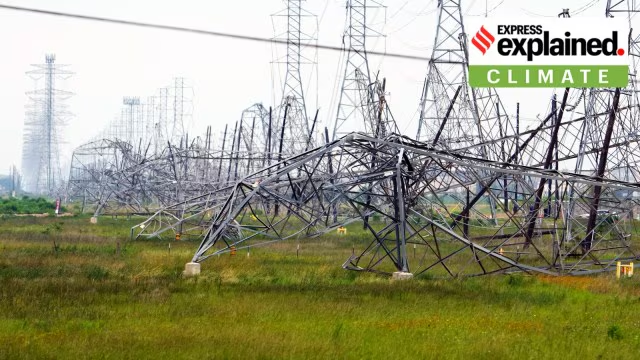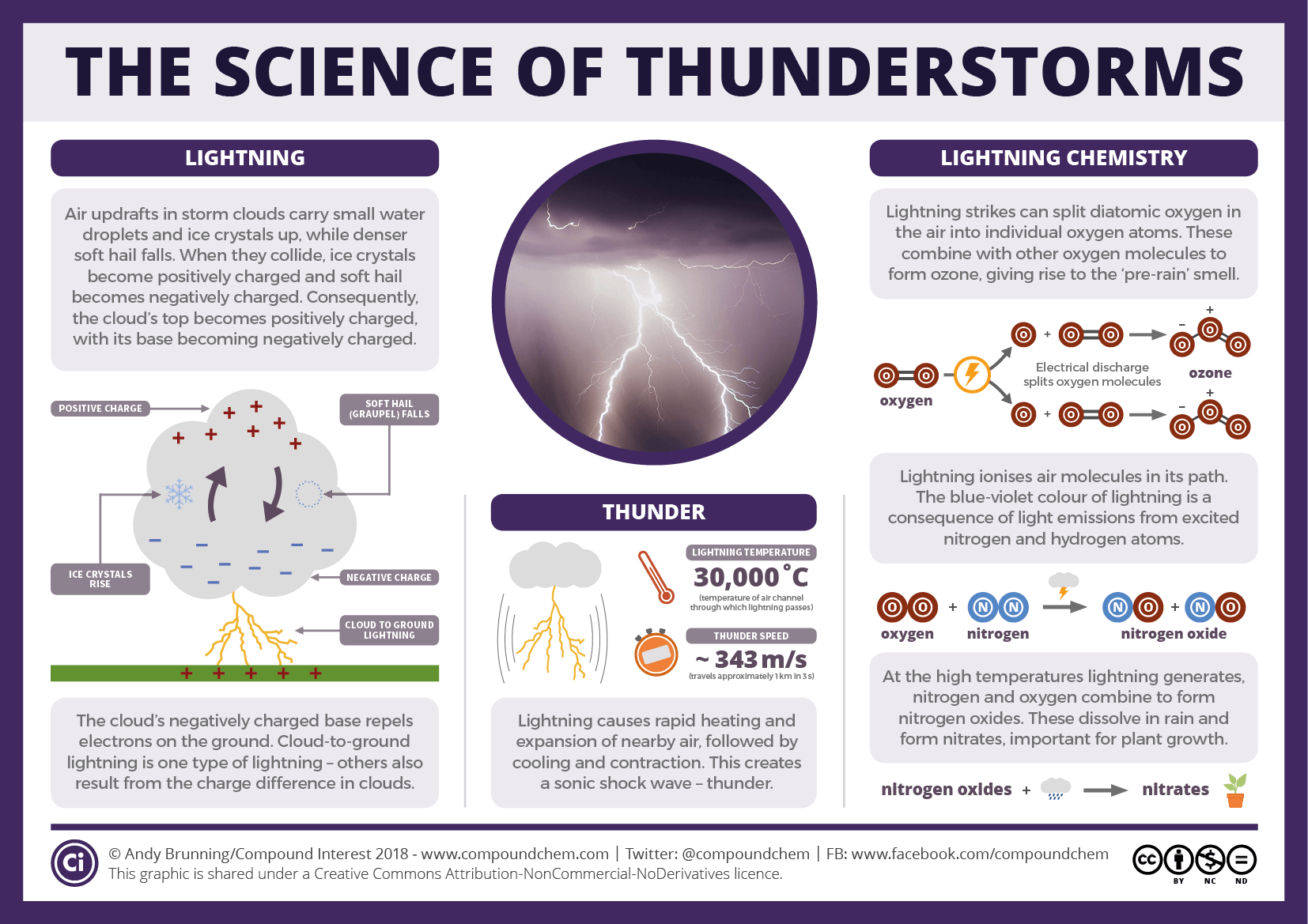Free Courses Sale ends Soon, Get It Now


Free Courses Sale ends Soon, Get It Now



Copyright infringement not intended
Picture Courtesy: https://indianexpress.com/article/explained/explained-climate/thunderstorms-wind-climate-change-link-9338924/
Context: The impact of climate change on thunderstorms is a topic of growing concern among scientists and meteorologists.
Key Highlights
Increased Moisture Content
Atmospheric Instability
Uncertainty and Complexity
Implications for Insurance and Losses
|
Building resilience to the impacts of severe storms, including infrastructure upgrades and improved risk management practices, can help communities mitigate the potential consequences of climate change. |
Thunderstorms

Formation and Development
Impact and Hazards
Conclusion
Source:
|
PRACTICE QUESTION Q. Consider the following statements regarding thunderstorms: 1. Global warming increases the amount of instability in the atmosphere, providing more energy for thunderstorm formation. 2. Warmer air holds more moisture, which enhances a thunderstorm's capacity to carry precipitation. Which one of the following is correct in respect of the above statements? A) Both Statement-1 and Statement-2 are correct, and Statement-2 is the correct explanation for Statement-1 B) Both Statement-1 and Statement-2 are correct, but Statement-2 is not the correct explanation for Statement-1 C) Statement-1 is correct, but Statement-2 is incorrect D) Statement-1 is incorrect, but Statement-2 is correct Answer: A |
© 2024 iasgyan. All right reserved